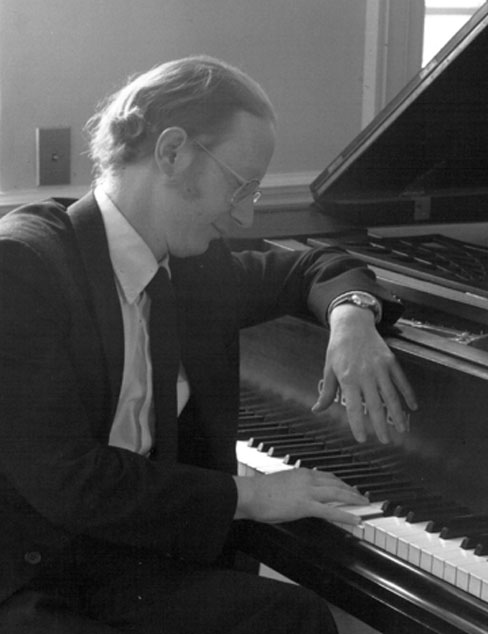The minor third: My thoughts about pitch development revolve around this basic structure. It is not just in minor keys, by the way. Many songs in major employ the descending minor third 5-3 prominently. It is a natural melodic pattern in vocal improvisation, such as occurs in improvised lullabies. I am trying to get some lullabies I wrote recorded and published. These very conciously use minor thirds and surrounding major seconds, teaching pitch structure: 5-3 is 'La-lu' as is 8-6 or 1-lower6 and 9-7 or 2-lower7.
I have a few suggestions about lullabies.
1. Make up melodies with nonsense syllables. Intuitively, this organizes musical material and makes both you as the improvisor and the baby as well more sensitive to musical structures in and of themselves, their logic and syntax as music apart from the logic and syntax of the words. I believe this is one of the currently untapped areas of 'smart baby' musical development practice.
2. Use "lulling" (sleep inducing) syllables like "la-lu" for "long short" rocking patterns. Include another syllable like "lay" for the ends of sections or phrases, to rhyme them:
"La lu la,
La lu la,
La lu la lu lay;
La lu la,
La lu la,
La lu la lu lay."
This 'teaches' (instills) musical form.
3. Alternate word singing with nonsense syllable singing.
4. Include pentatonic scales and even less notes than five. The four note scale in major used in "Ring around the Rosie"- 1-3-5-6, is very good for the singing ear of the child, I believe. Hearing this scale, this "skeletal pitch structure" early on makes for a more firm planting in the mind for clear pitch audiation for later singing of more complicated scales. Melodic patterns found to be sung by children in fairly good tune are the 'basics', which provide the strong 'skeleton' for more sophisticated 'adornment' later. This means that strong audiation or mental hearing of the skeleton will help strengthen audiation or mental hearing of the entire scale related to it as if by 'cell growth' of a musical embryo. Audiation or mental hearing is considered by researcher Edwin Gordon to be the basis of musical aptitude.
http://www.geocities.com/scottmccln/singing.IN.TUNE.html
http://www.geocities.com/scottmccln/Audiation.html
http://www.angelfire.com/mac/mcclain/essay1.html
Thursday, April 26, 2007
The Minor Third and Lullabies
Tuesday, April 24, 2007
The Importance of Singing
The importance of singing on the spiritual level, the emotional level, as well as on the technical level.
http://pjtibayan.wordpress.com/2006/06/27/the-importance-of-singing/
http://www.hvcn.org/info/bethisrael/rabbi.php?page=The+Importance+of+Singing+Out+in+Prayer
http://flat5software.com/ear-training/singing-triads.php
http://www.spiritsound.com/sculpt.html
also, the importance of acoustics to singing:
http://www.jdbsound.com/art/art501.html
and of the arts in general concerning academic development:
http://www.music-for-all.org/documents/critical-evidence.pdf
Friday, April 20, 2007
Business Opportunity
I need an investor to make my music education materials available:
http://www.angelfire.com/mac/mcclain/index.html
Monday, April 9, 2007
Making Music Teaching and Learning Easier for Everyone
Calling angel investors to help me with my vision for a musical culture. I have written and am continuing to write hundreds of teaching songs. These need to be produced as recordings and printed teaching materials.
http://www.angelfire.com/mac/mcclain/resume.html
Saturday, April 7, 2007
What is the 'Da-di Method'?
The Da-di singing and music reading method is a collection of songs that develop the 'singing ear'. The songs are composed with a built-in learning system appropriate to children. They are entirely and organically based on the children's interval, the minor third.
http://www.angelfire.com/mac/mcclain/essay4.html
